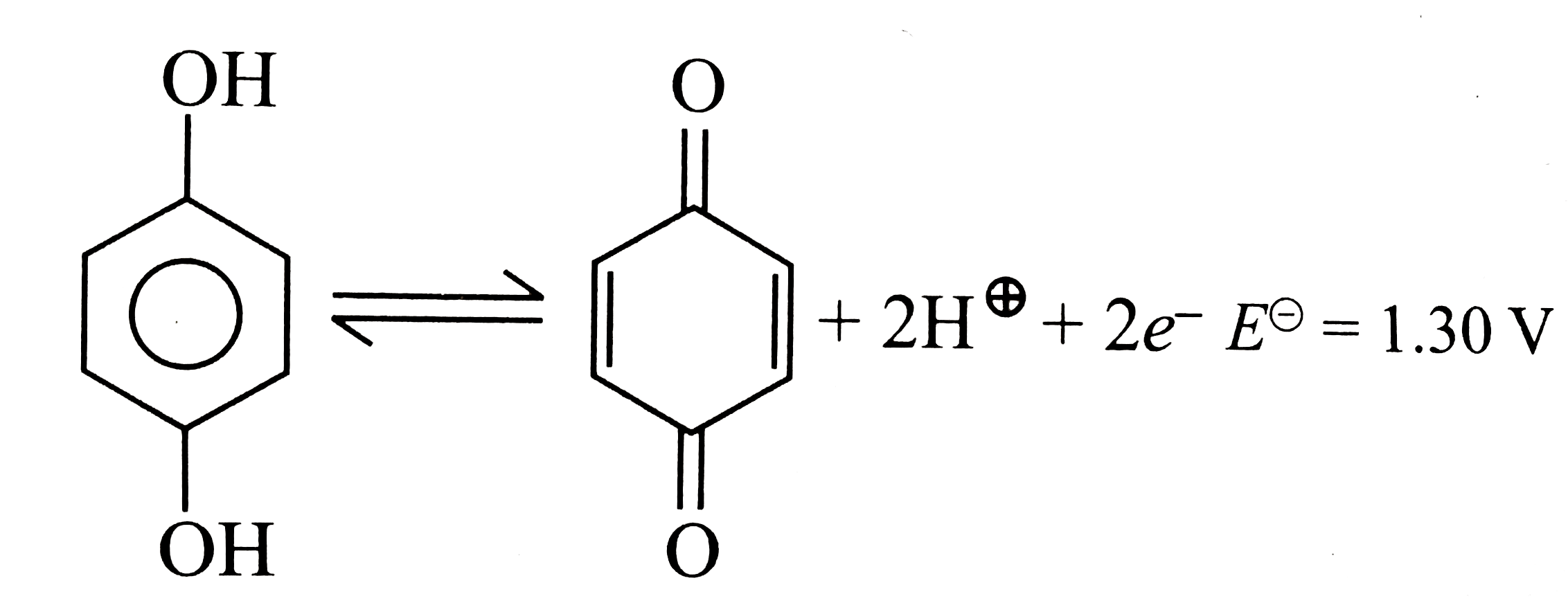when two half-cells of electrode potential of E1 and E2 are combined to form a half cell of electrode potential E3 , then
(when n1,n2 and n3 are no. of electrons exchanged in first second and combined half-cells:
E∘3=E∘1+E∘2
E∘3=E∘2−E∘1
E∘3=n1E∘1+n2E∘2n3
E∘3=n1E∘1+n2E∘2n23
The correct Answer is:C
Step by step video, text & image solution for when two half-cells of electrode potential of E_1 and E_2 are combined to form a half cell of electrode potential E_3 , then (when n_1,n_2 " and " n_3 are no. of electrons exchanged in first second and combined half-cells: by Chemistry experts to help you in doubts & scoring excellent marks in Class 12 exams.
Updated on:21/07/2023Topper's Solved these Questions
Similar Questions
Knowledge Check
E1andE2 are two half-cells of electrode potential which when combined form a cell of electrode E3, then which of the following is true (where n1,n2 and nu are number of electrons exchanged in first, second and combined half cells)?
AE3=E2−E1BE1=E1n1+E2n2n3CE3=E1n1−E2n2n23DE3=E1+E2For the half cell

At pH = 3 electrode potential isA1.30VB1.20VC1.10VD1.48VFor the half cell

At pH=2. Electrod potential is :A1.36VB1.30VC1.42VD1.20V
The electrode potential of oxidation half cell
View SolutionThe electrode potential of oxidation half cell
View SolutionThe half-cell reduction potential of a hydrogen electrode at pH=10 will be
View SolutionThe half cell reduction potential of a hydrogen electrode at pH=5 will be :
View SolutionThe half cell reduction potential of a hydrogen electrode at pH= 10 and H2 gas at 1 atmi will be
View Solution

